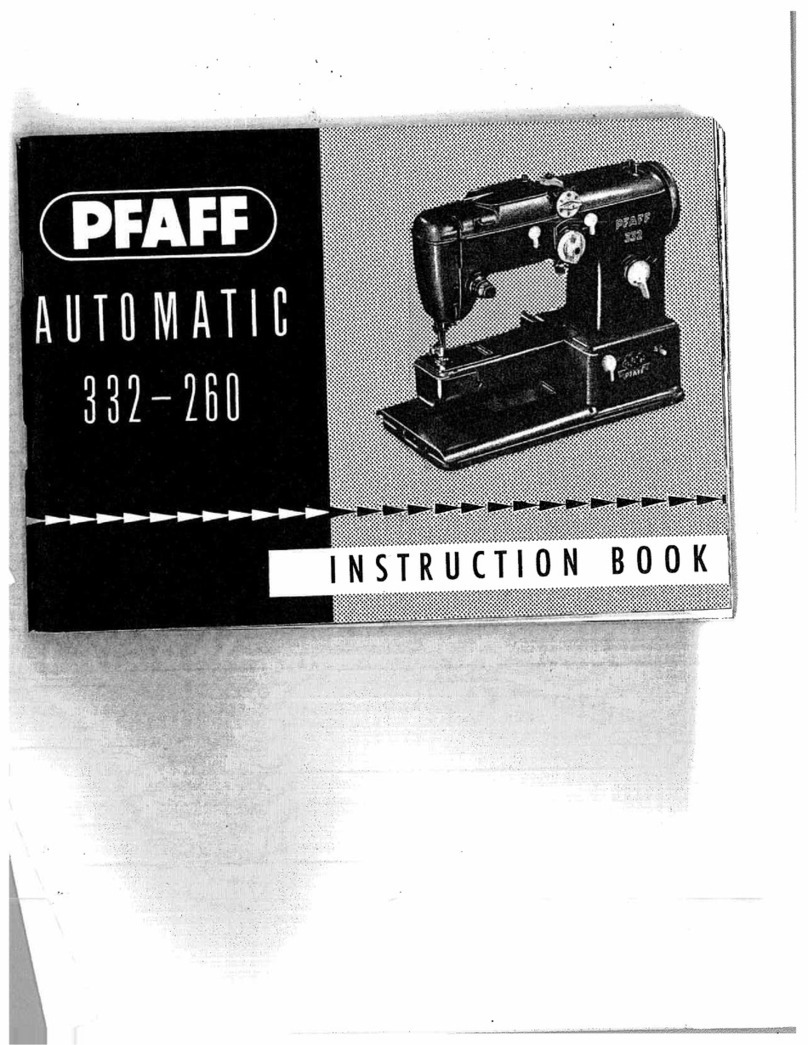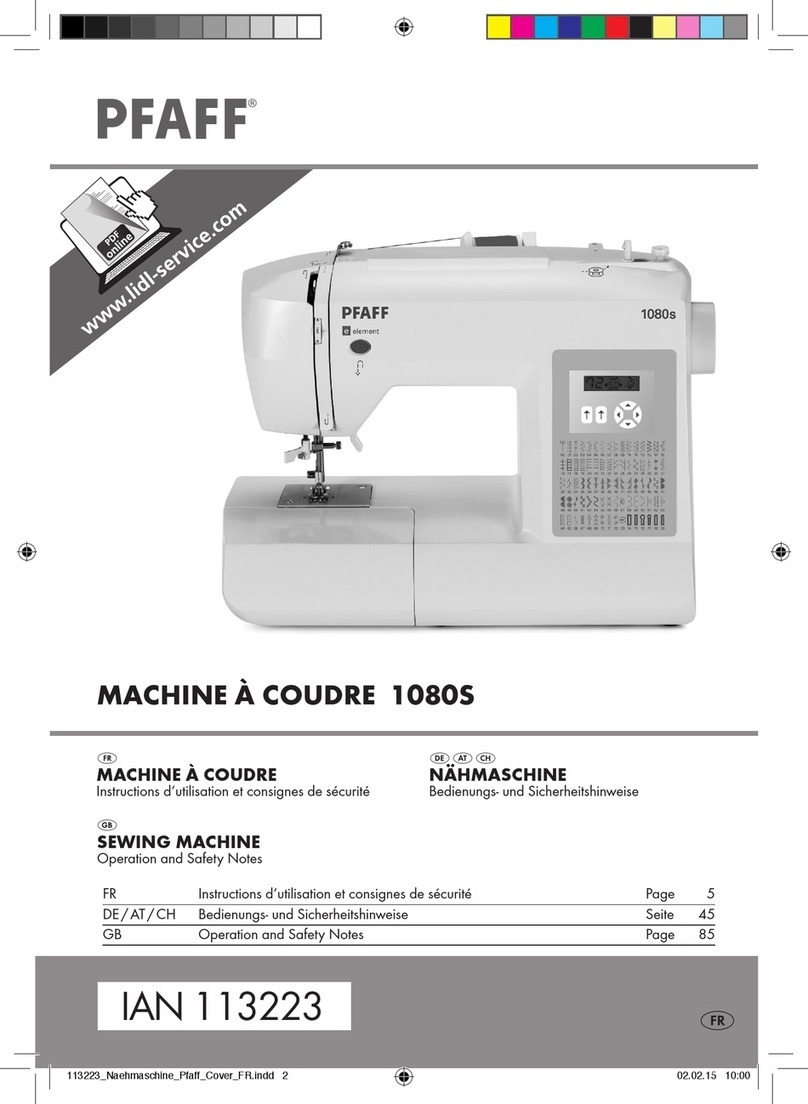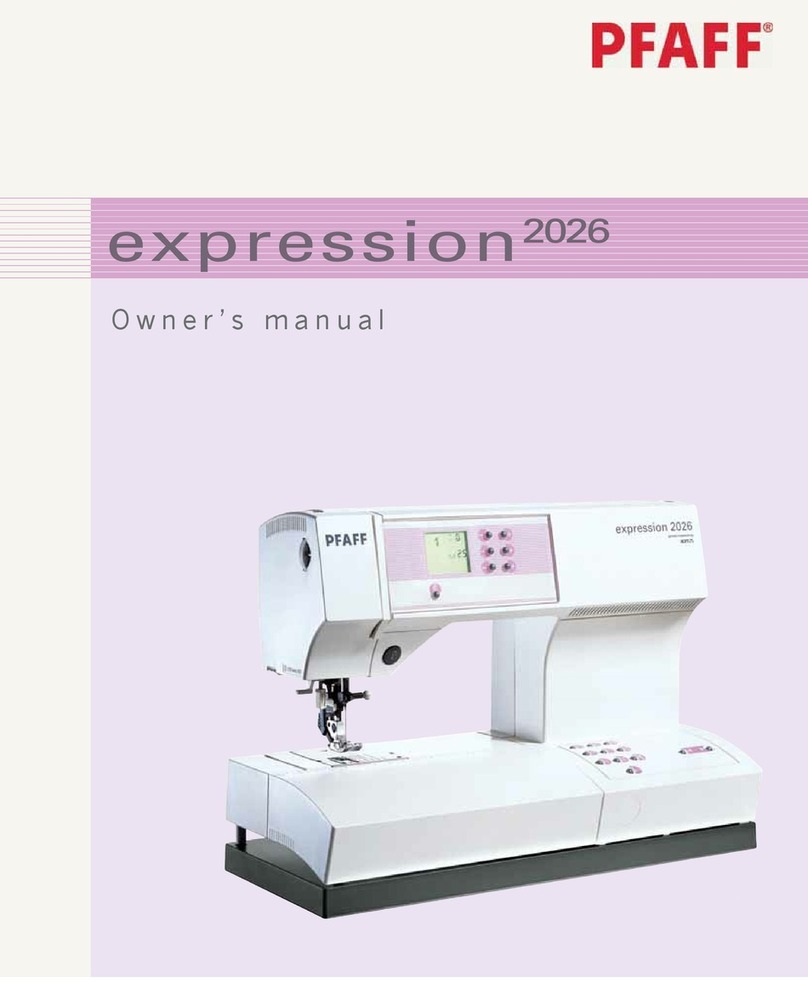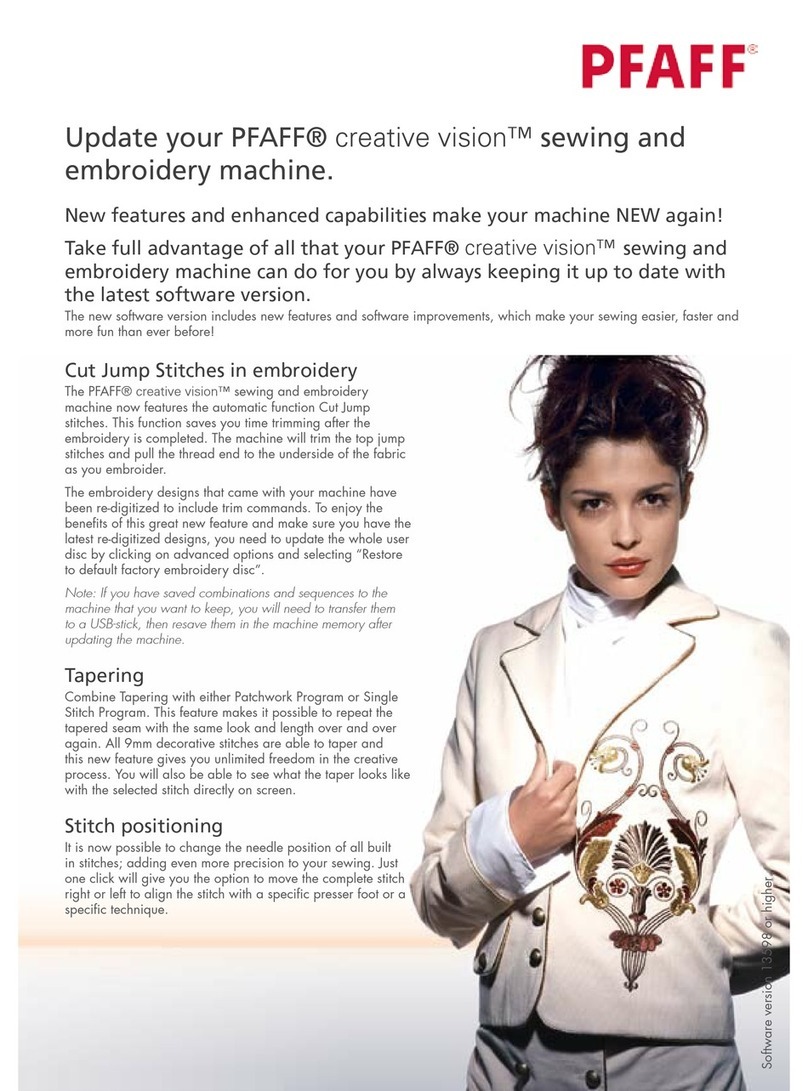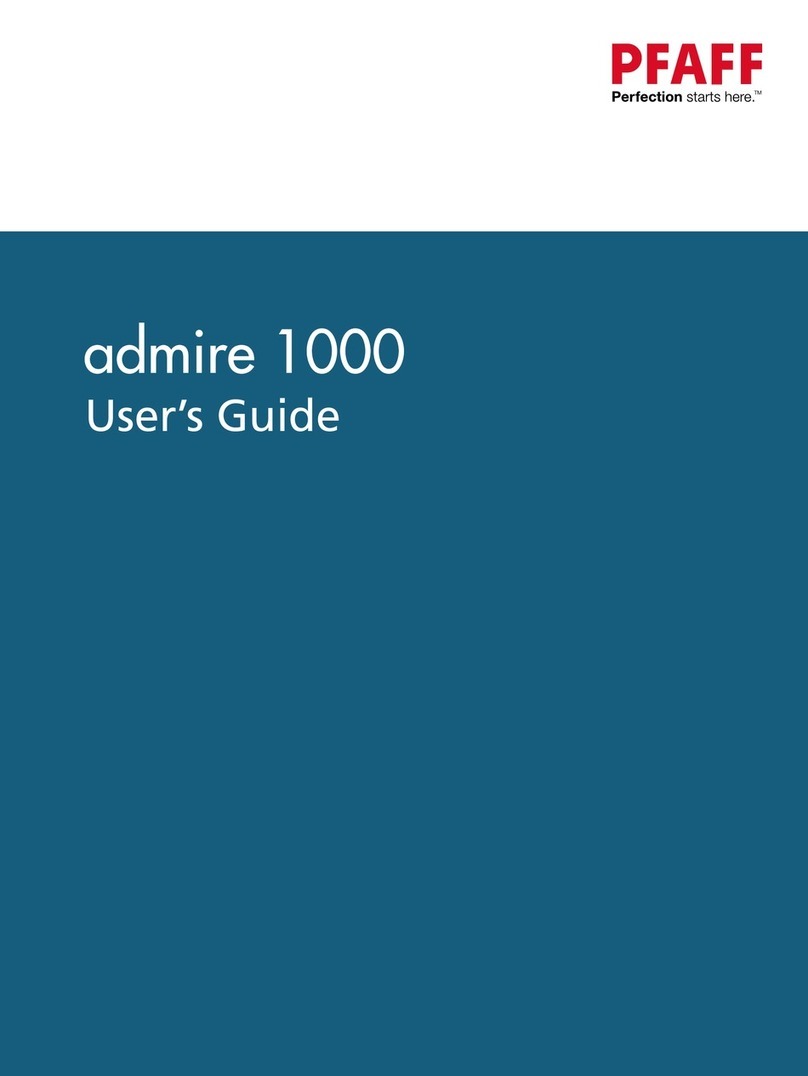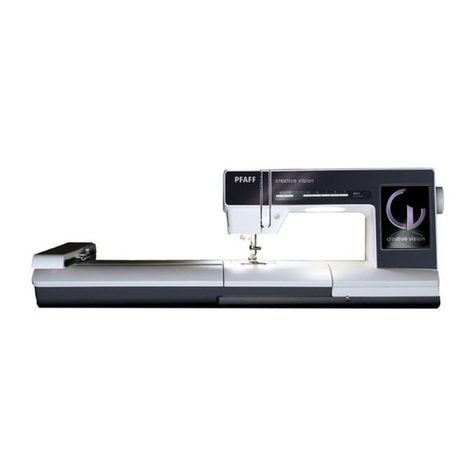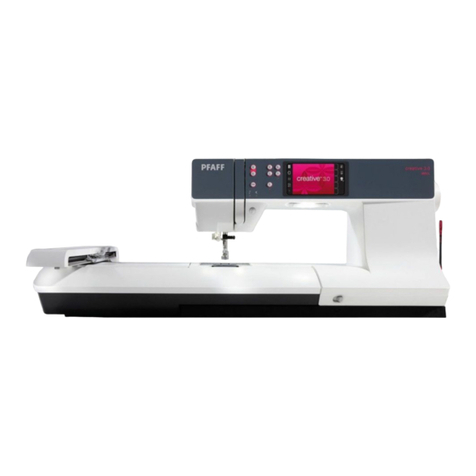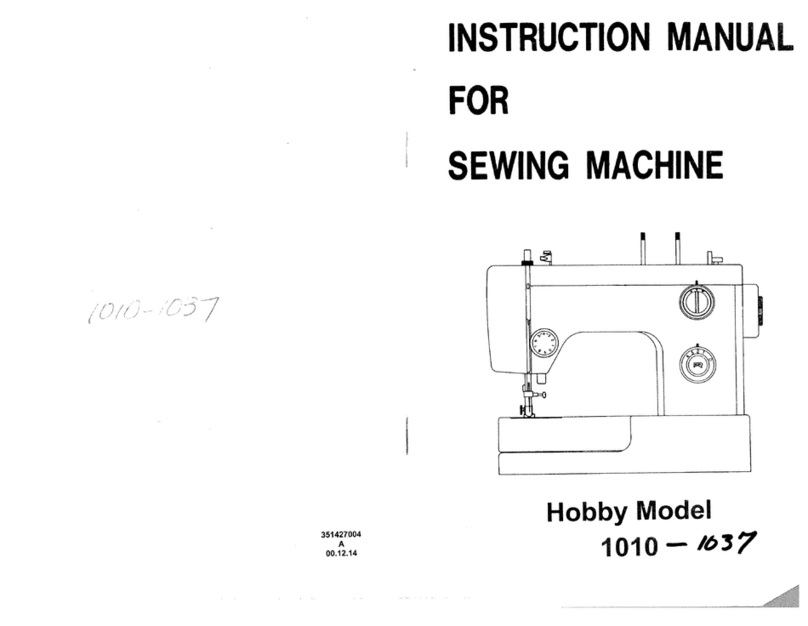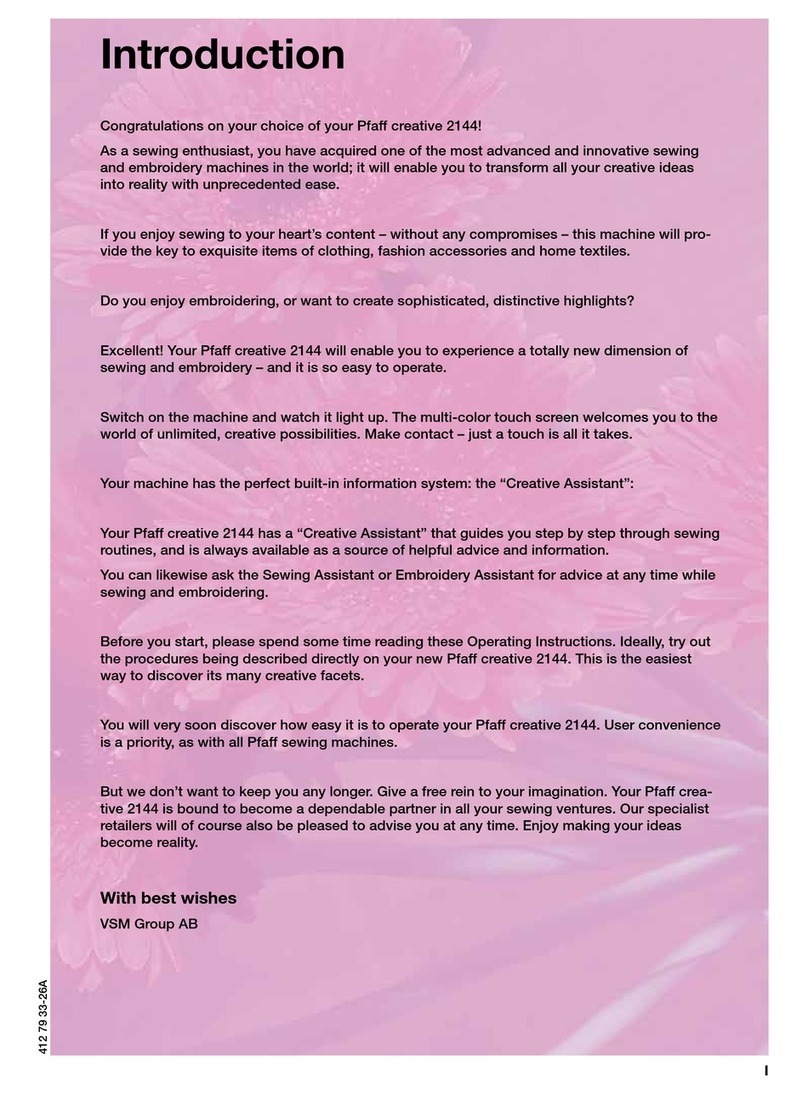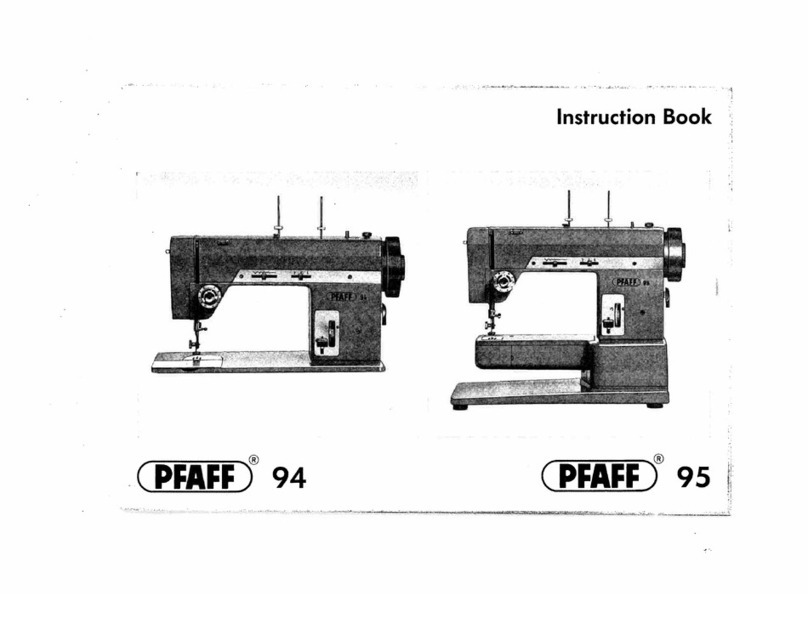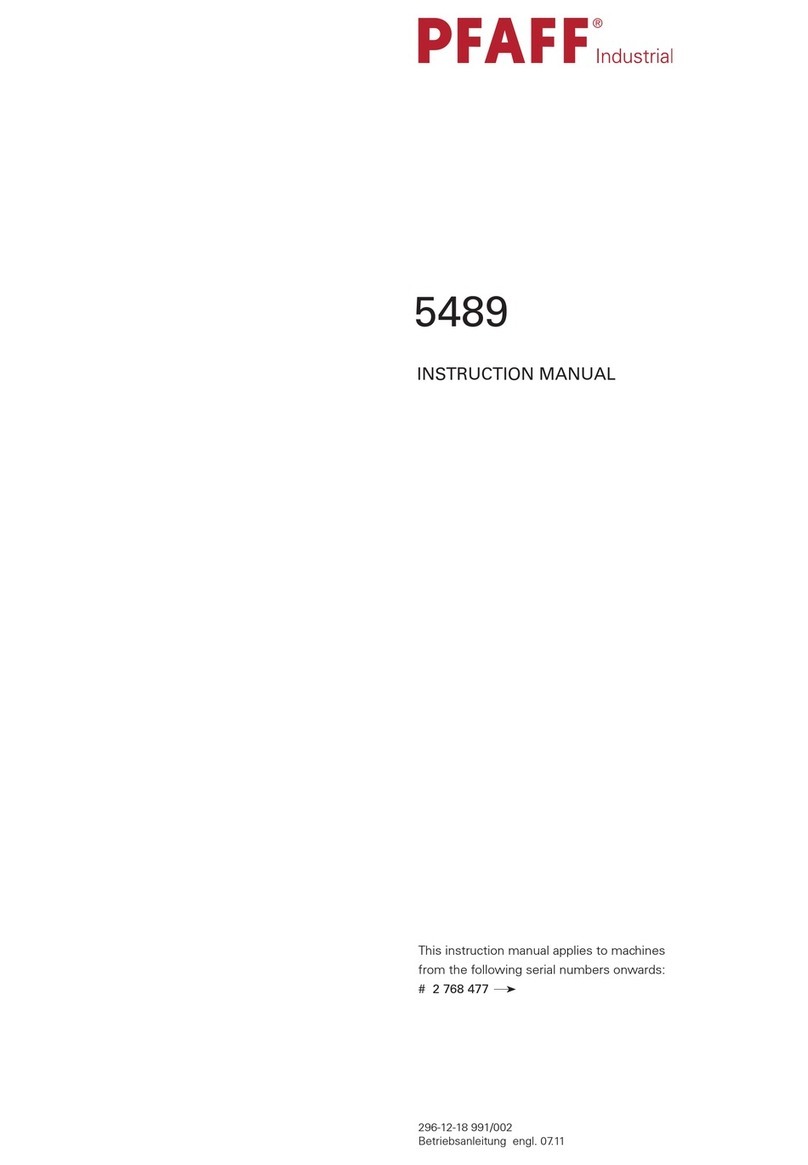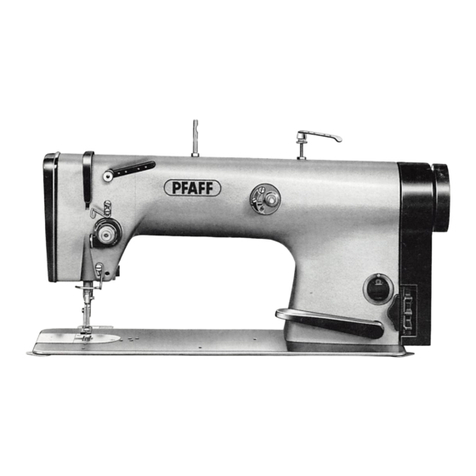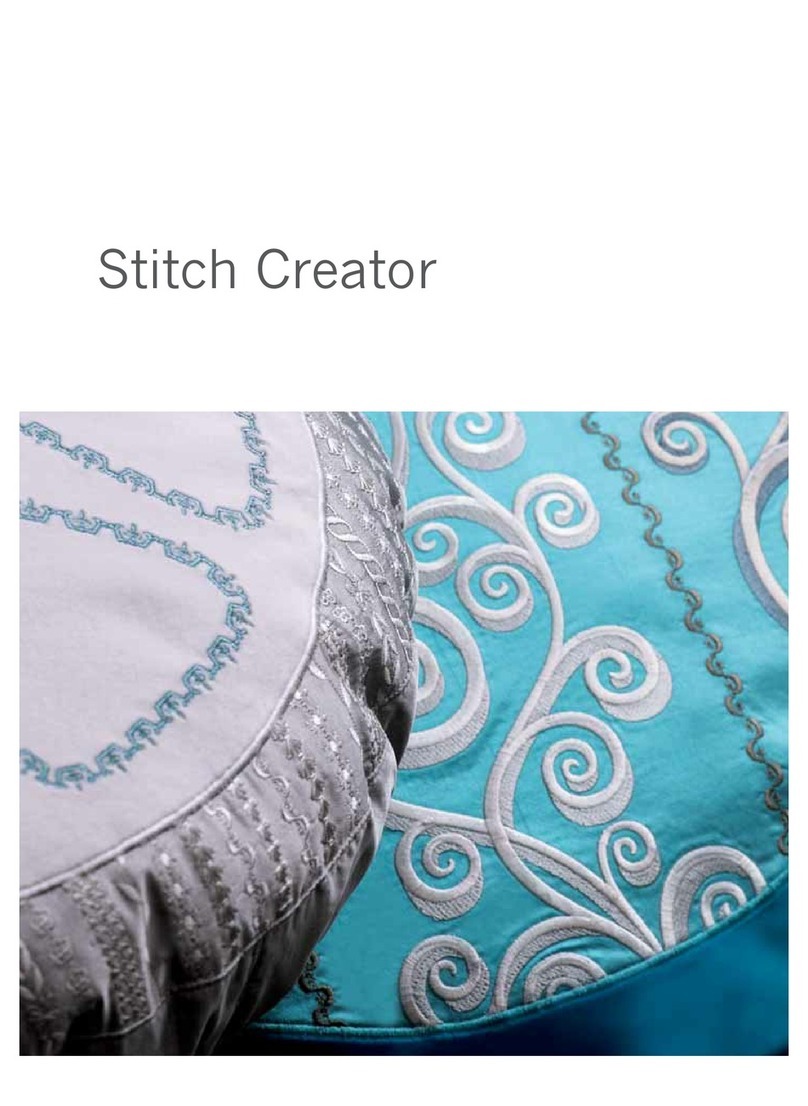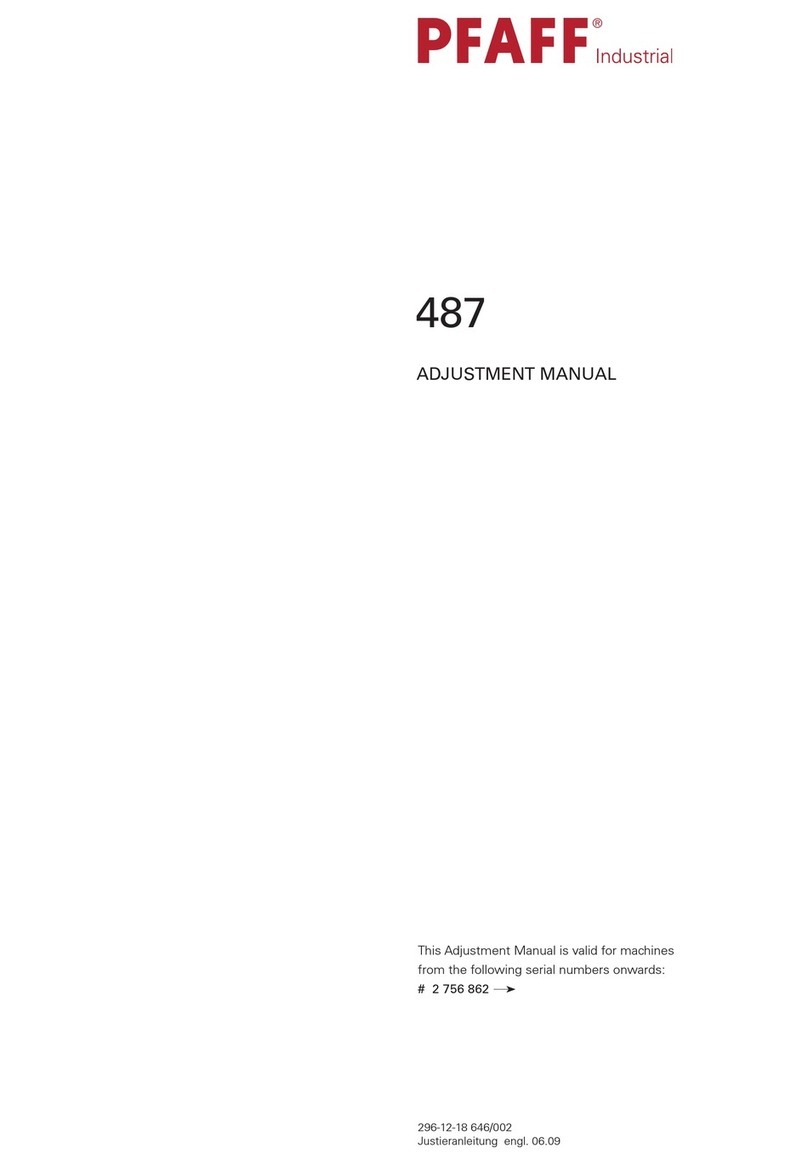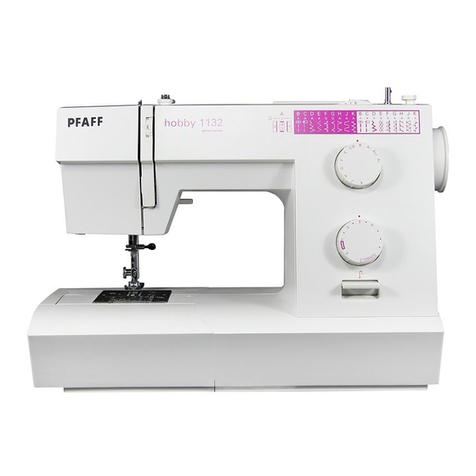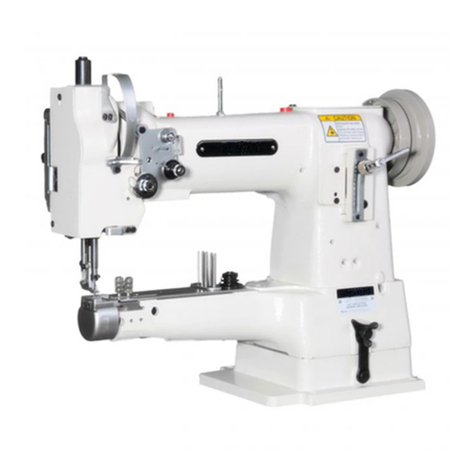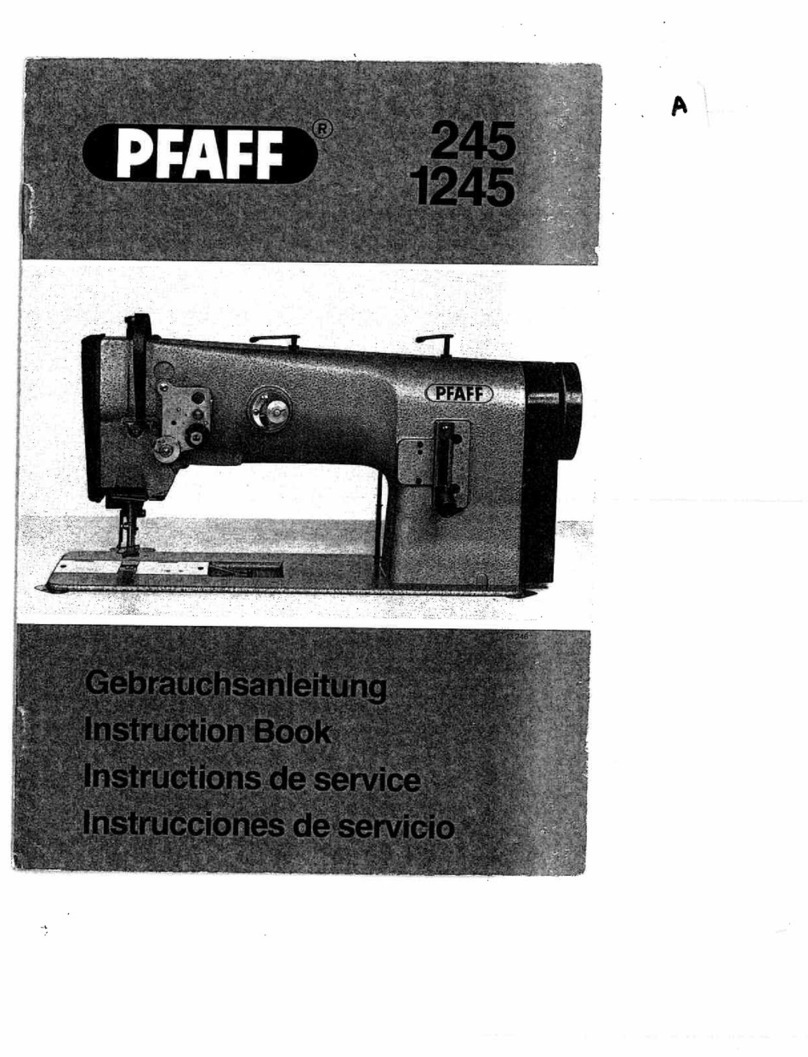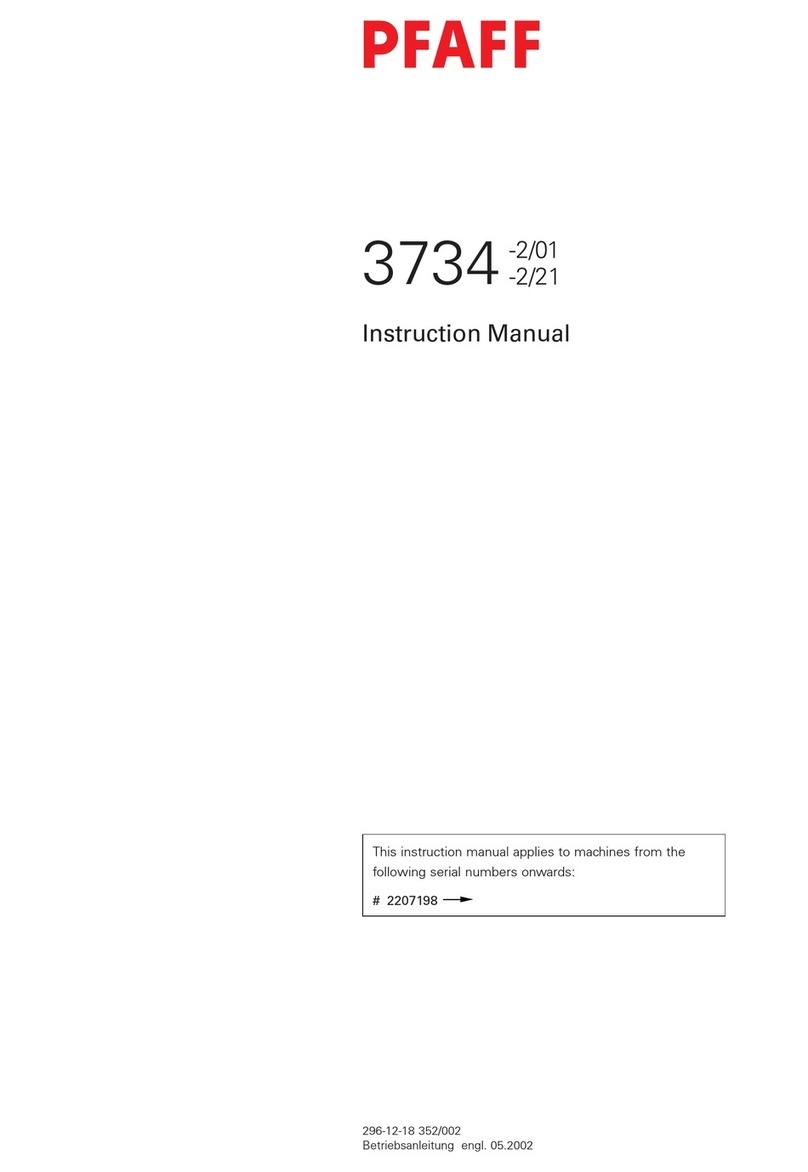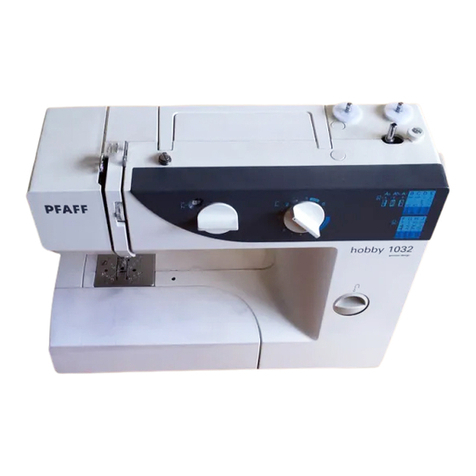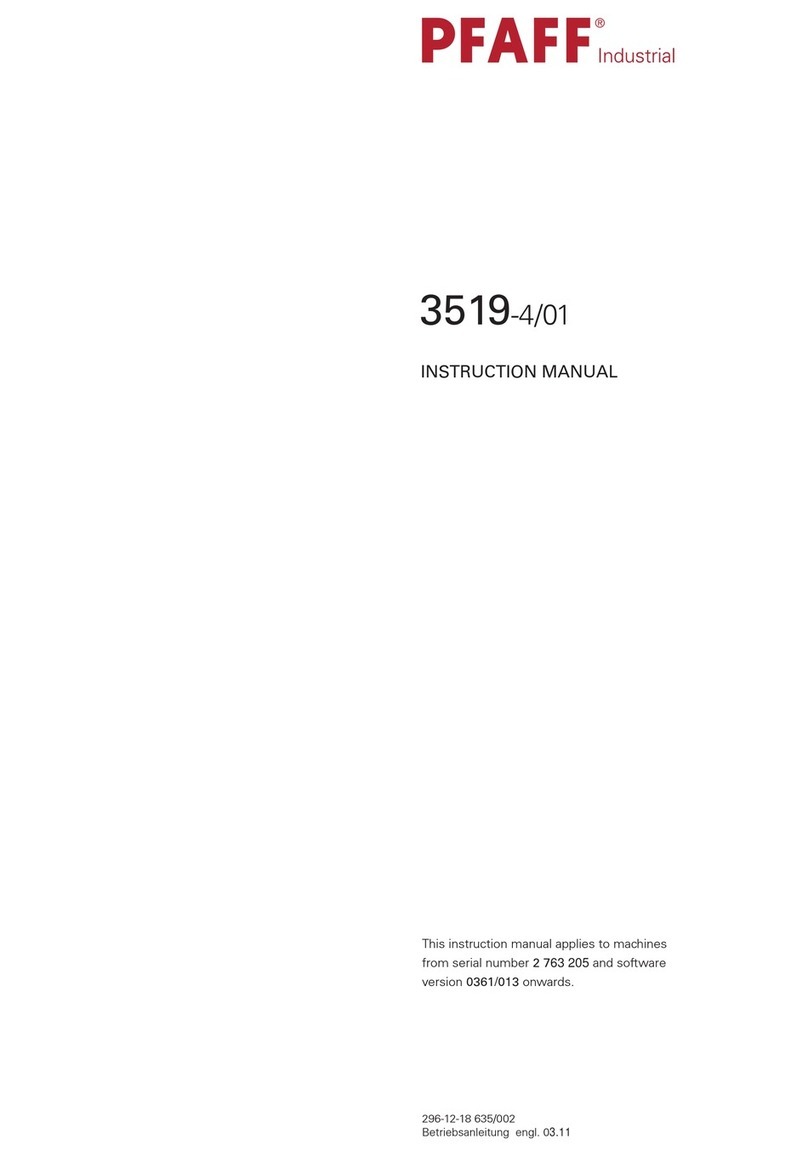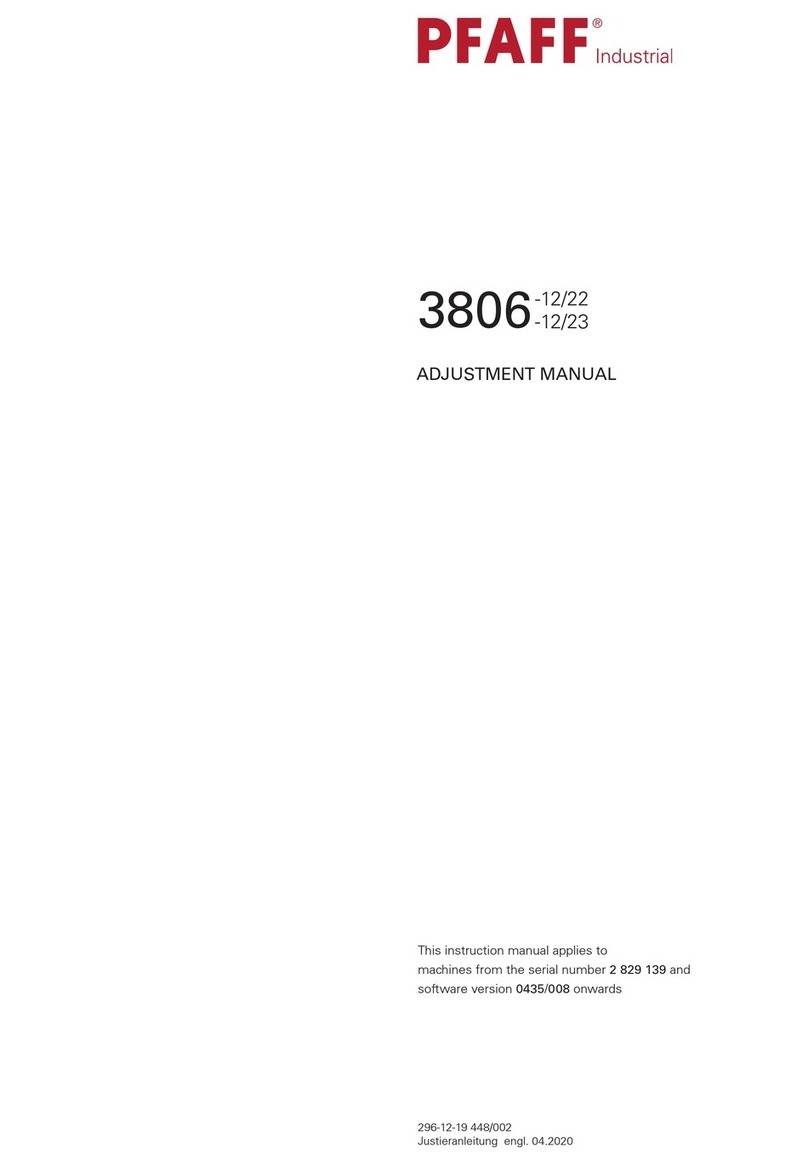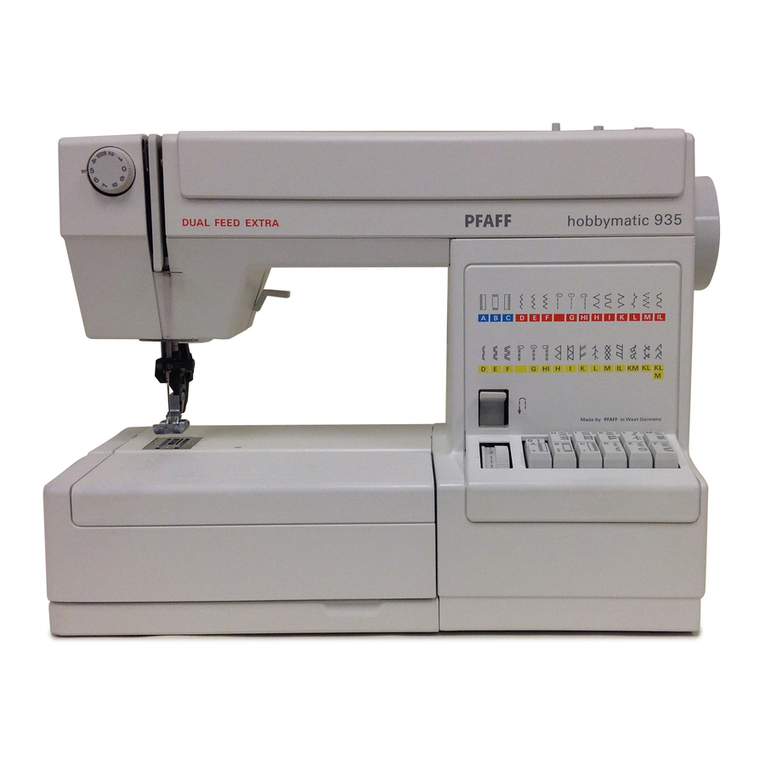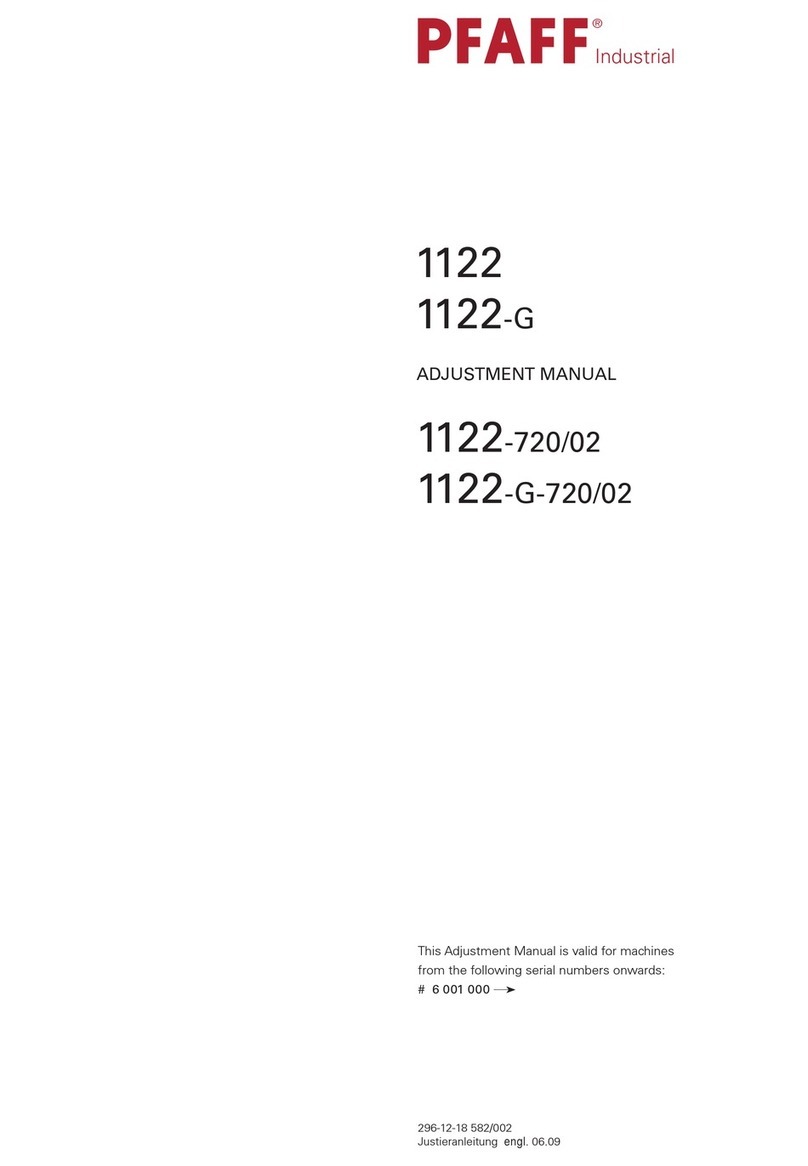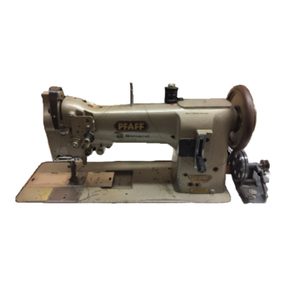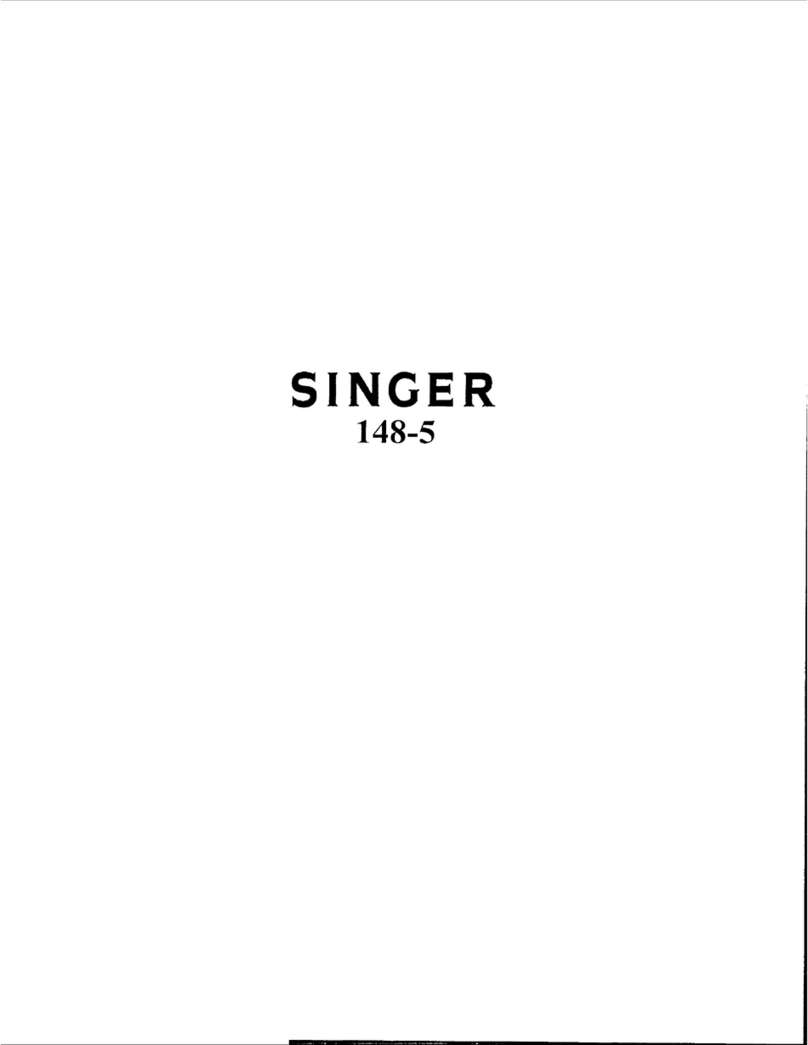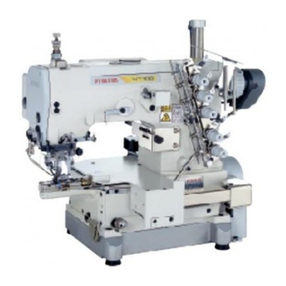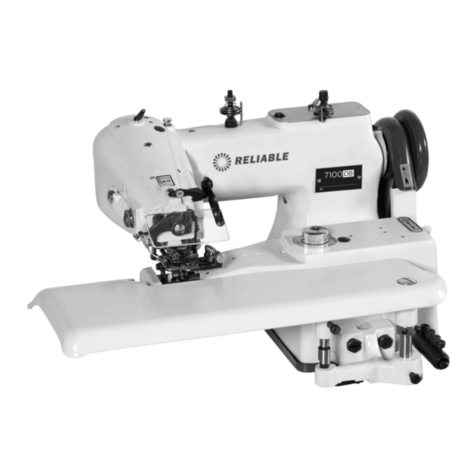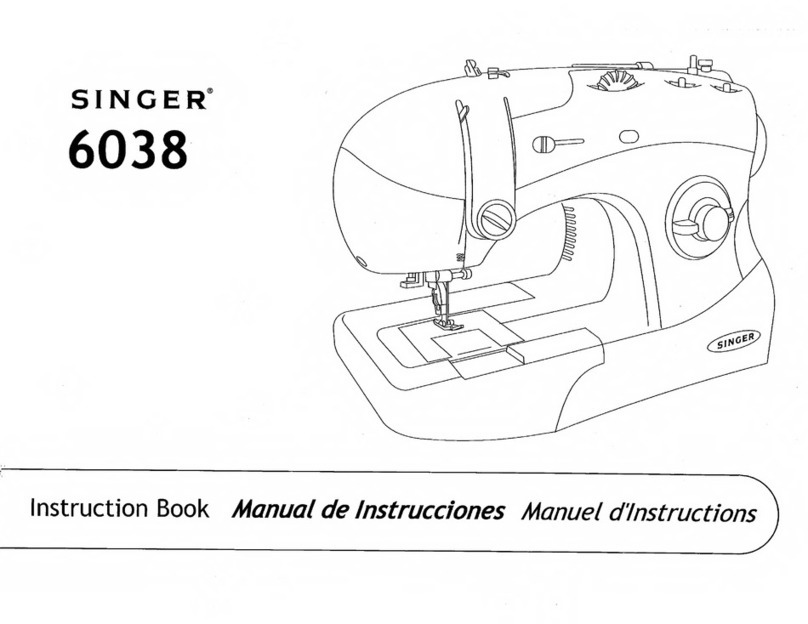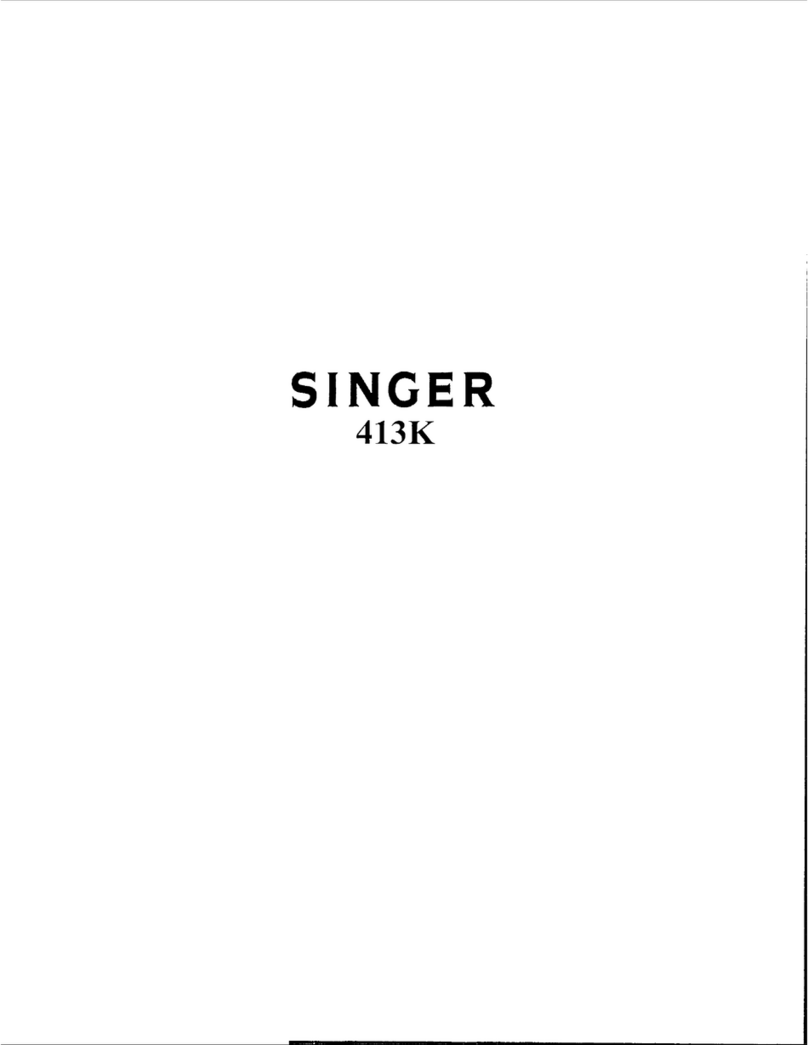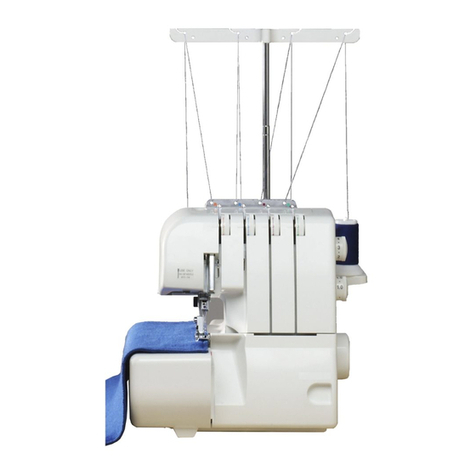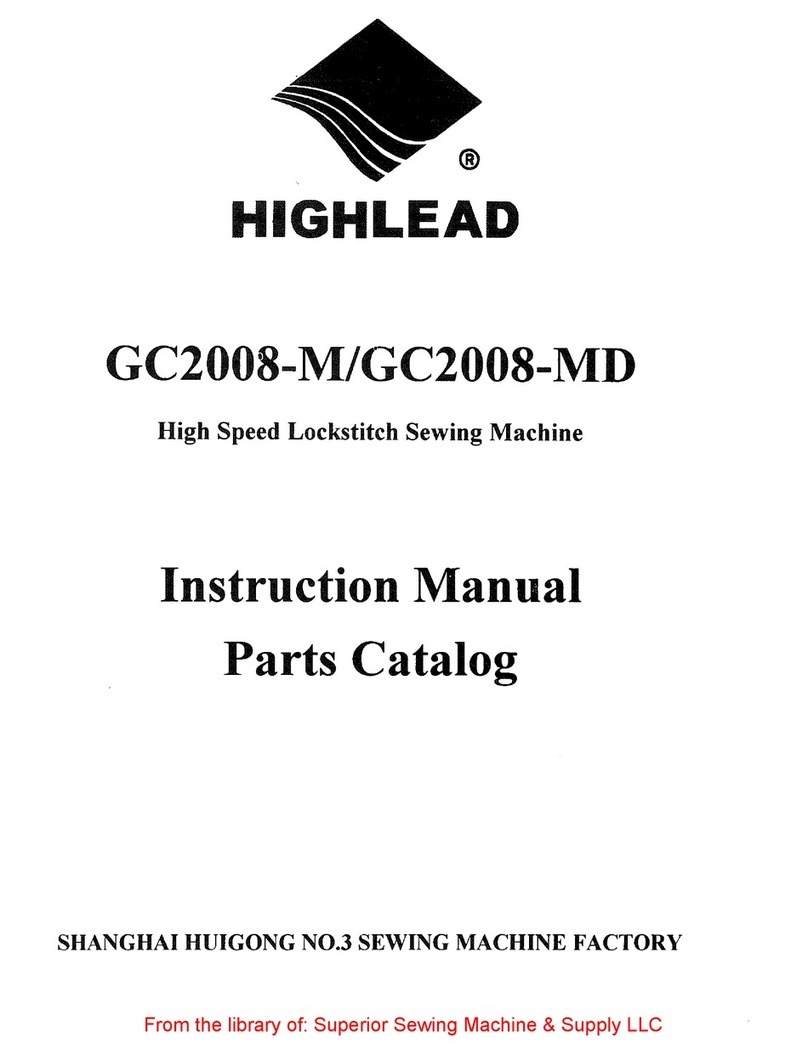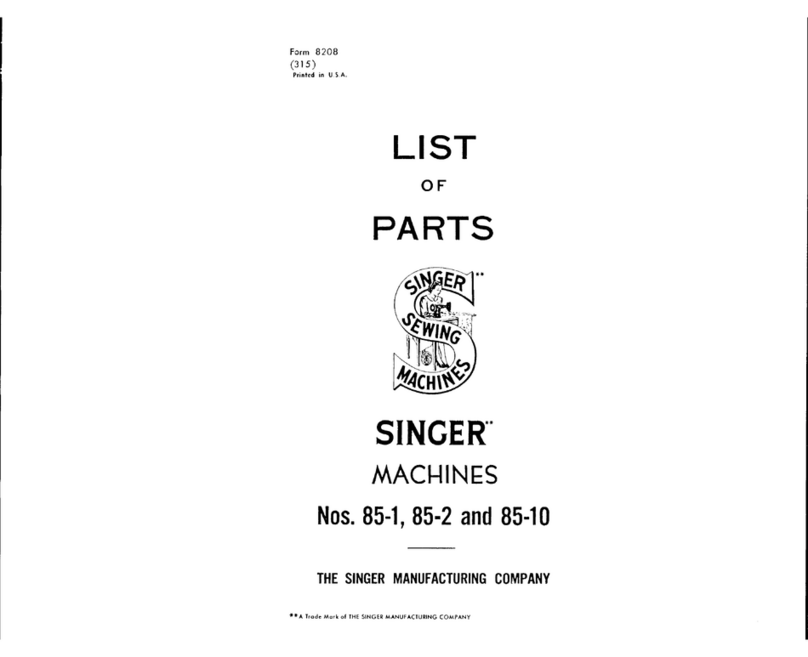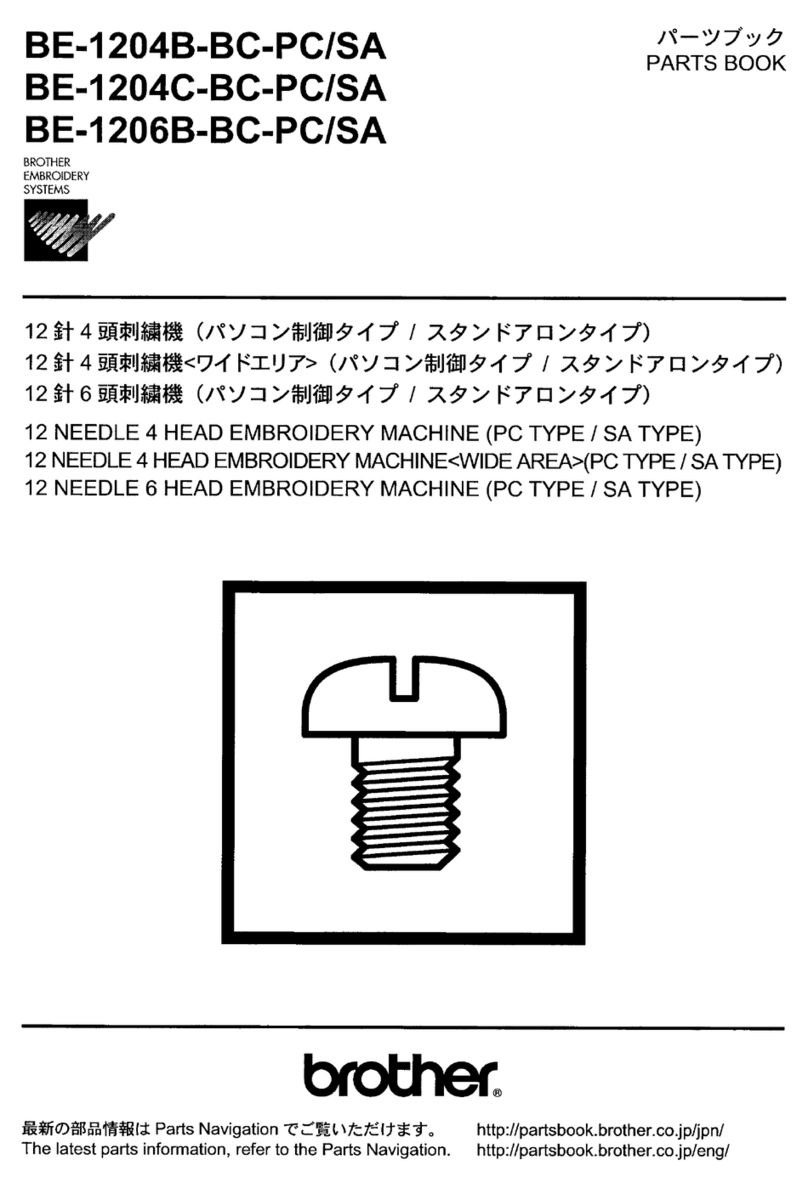
Jn.rroductio
Stitch
table (non-elastic
stitches)
!
j.
.
3.J
Li
>
<
...
*
Stitch
[Description
Application
A/B/C
Buttonhole
Standard
buttonhole
for
blouses
oi
hod
in’
n
H
Blind
stitch
with
zigzag
For
invisible
hemming
with
simultaneous
(elastic)
seam/overcasting.
Especially
tor strotc:li
i.il,-o
d
E
Straight
stitch,
For
all
straight
stitching
and
top-
15
needle
positions
stitching
work up
to 6
mm
Stitch
width
dial
set
at
0
Zigzag
stitch,
For
serging
and appliqué.
Also
suitable
for
15
needle
positions,
stitch
tapering, eyelet embroidery and
cording
woik
width
dial
set
at 0.5
-
5
Left
needle
position
Straight
stitch:
For
all
sewing
and
top-stitching
(for
straight
stitch
operations
which
require
a
left
needle
position.
and zigzag
stitch)
Zigzag
stitch:
For
serging,
appliqué and tapering.
Center needle
position
Straight
stitch:
For
most
sewing
and
top-stitching
operations.
Zigzag
for
most zigzag
operations.
Right
needle
position
For
all
sewing
and
top-stitching
operations
which
(for
straight
stitch
require
a
right
needle
position.
Zigzag
stitch:
and
zigzag
stitch)
For
serging, appliqué,
tapering
and
cording
work
F
Elastic
stitch
For
overcasting,
sewing
on
elastic, darning
tears
and
inserting
patches
G
Decorative
stitch
Decorative
stitch
e.g.
for
quilting
